German tanks of the First World War
Technical and technological capabilities of Germany
The championship in the creation of tanks left for England. With her technical capabilities, she quickly introduced them into mass production. The technical backwardness of Russia did not allow implementing projects of its own tanks at this stage.
The nascent idea of creating a new species weapons in Germany, one of the strongest and industrialized powers of the time, at first did not receive support.
Despite the efforts of the British counterintelligence to conceal the development of a new type of weapon, in Berlin they were well aware that England was developing "land ships", long before their use in the battle of the Somme in September 1916. German generals did not attach much importance to this information, considering this technique as an “awkward and blind machine” and did not perceive the tank as a serious danger.
However, after the first use of tanks by the British and the stampede of the German infantry in the German trenches, these "menacing machines" began to "tank attack". Realizing and appreciating the power of a new type of weapon on the battlefield, the General Headquarters and the Ministry of War launched in October 1916 the development of their own tank, and in November a special technical commission was created in the Ministry of War.
The development of technology began from scratch, not counting the superficial acquaintance with the British machines. However, Germany had a fairly high level of technology, possessed design and industrial potential to create new weapons. She was able to organize the production of tanks, as she had a highly developed artillery, steel and electrical production, her own automotive industry and engine building. Despite the general plight of the German economy, the military industry was extremely mobilized and provided the needs of the army for weapons, ammunition and technical equipment. Cars and tractors were widely used on the front, for the transportation of goods and the operational movement of troops, 20 000 vehicles with qualified drivers and mechanics were used.
In Germany, by this time, work was already underway on heavy wheeled and semi-tracked armored cars. The companies Daimler, Benz and Opel were involved in the creation of the tank, and Holt-Caterpillar participated in the development of the undercarriage.
The first German tank A7V
To the tank tactical-technical requirements were developed and its design began. The Germans, like the British, set for the tank the task of suppressing and breaking through the prepared defense of the enemy, saturated with machine guns. The German tank also turned out to be cumbersome and slow-moving, with approximately the same characteristics as the British, but it paid close attention to security.
In May, the 1917 of the year was presented the first prototype of the tank, it did not satisfy the military, and it was converted into a more powerful machine, the first samples of which were sent to the troops at the end of 1917, Because of the tight deadlines and lack of experience, the tank that received the A7V index, amazed by its size. It was a steel box on tracks with two smoking pipes and a large crew. German soldiers called their tank “a heavy field stove” for its enormous size, the heat inside and constant smoke from all the cracks.
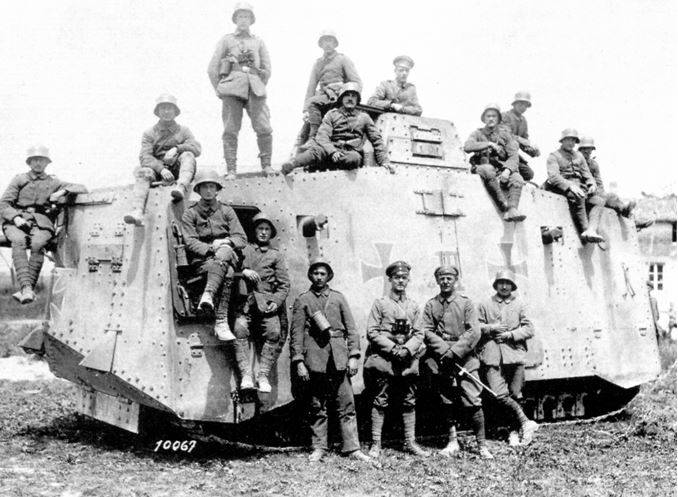
The A7V tank was weighing 30 t and looked like a train car of impressive dimensions (7,3 m long, 3,1 m wide, 3,3 m high). His crew was a 18 man (commander, driver, two mechanics, a gunner, loader, 6 machine gunners, 6 machine gun assistants).
A cabin of the commander rose above the tank hull, a driver was located next to the commander. The commander and the driver were sitting above the power plant, which occupied the entire middle part of the car. The crew was evenly distributed over the tank, while, as in the English tank, he also suffered in the battle from gasoline fumes, powder burning and engines rumble. When driving outside the battlefield, the crew, except the driver and mechanics, preferred to be on the flat roof of the tank. Due to the high center of gravity, the tank was prone to overturning with a strong side roll
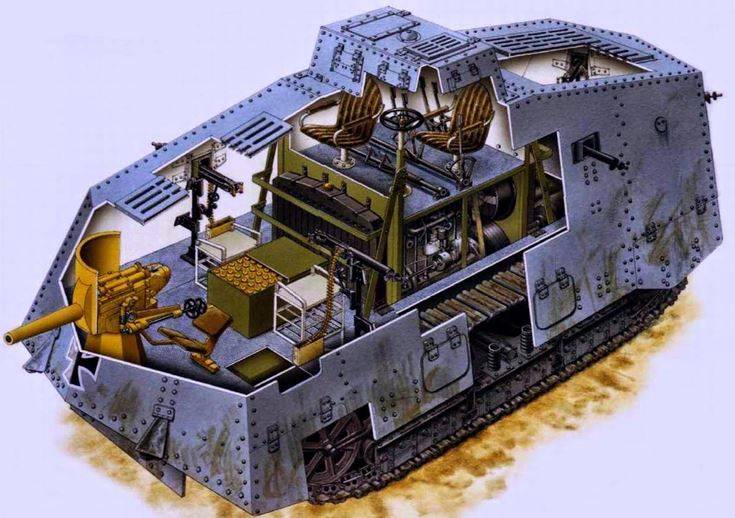
The armament of the tank was powerful enough, with wide sectors of fire. A 57-mm cannon with a horizontal sector of 50 degrees of fire was installed in the nose of the tank, along the perimeter there were six 7,92-mm machine guns, two on each side and in the stern of the tank. The installation of the gun in the frontal armor sheet was not entirely successful; it was almost impossible to shoot from it while shaking while moving.
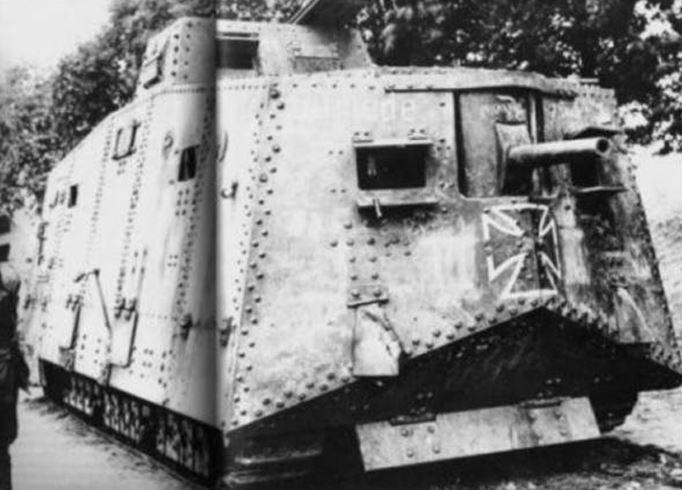
The armor protection of the A7V tank was differentiated and higher than that of the British tanks. The thickness of the frontal armor plates was 30 mm, the sides and stern of the 20 mm and the roof of the 15 mm. They were installed at a slight inclination, which provided protection against armor-piercing bullets and light artillery shells.
The power plant of the tank was based on two Daimler engines with an 100 horsepower. each and provided speed on the highway 12 km / h and power reserve 35 km.
The tank had wide tracks that provide it with good throughput. The successful design of the lower part of the caterpillar allowed to overcome most of the obstacles in open areas. The upper part of the caterpillar was protected by an armored hull, but this often led to the ingress of foreign objects under the hull and, consequently, to overload and failure of the power plant.
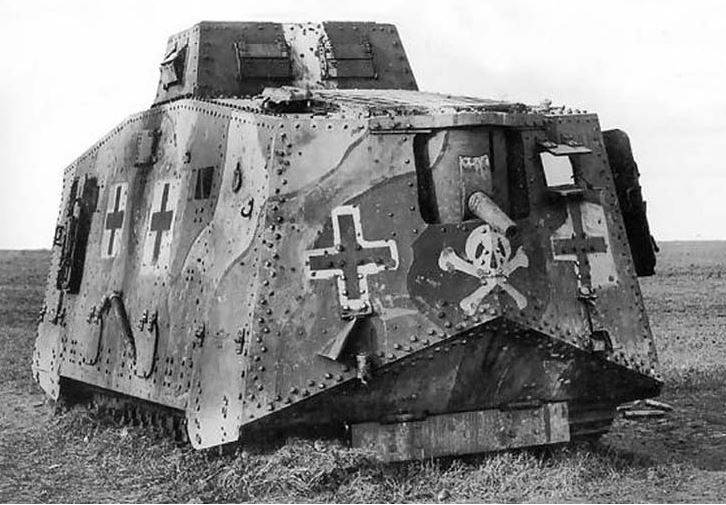
The caterpillar was recruited from teams of trucks, each of which was a shoe with a piece of rail. Shoe lay on the ground and served as a support for the rail; the wheels of the carts had special projections, due to which they were held on the rail.
If the British tanks were designed by naval officers as a land cruiser, then the German designers saw him as an armored fighting car and accordingly called it “Panzerkampfwagen”, this name was assigned to the German tanks.
The German A7V turned out to be a pretty good car, and it was the only German tank that took part in the battles of the First World War. For the first time these tanks were used 21 March 1918 of the year. Four A7V and five captured Mk.V supported the offensive of the German army, they did not render effective assistance to the troops, but they terrified the enemy soldiers.
The first and last battle of German and English tanks took place on 24 on April 1918 of the year in the vicinity of the French city of Villers-Breton, when three German A7V faced three British heavy Mk. IV and seven light tanks "Whippet", while two British tanks were "females" with machine guns and one "male" - with a cannon.
In the course of the battle, it turned out that the machine guns of the "females" and light tanks could do nothing with the German armor. Therefore, having received several holes, the "females" retreated, and only the "male", taking advantage of the fact that the horizontal gunning sector of the A7V cannon was only 50˚, constantly maneuvering, attacked the head German car and after three hits set it on fire. Two other A7V were forced to retreat, and formally the victory remained for the British.
German tanks could compete with English, but by the end of the war they had made the entire 21 tank, with England and France releasing thousands of tanks. So the appearance of German tanks at the front had no effect on the outcome of the war. After the defeat of Germany under the terms of the Versailles Treaty, the Germans were forbidden to have heavy weapons, and all A7V tanks were destroyed.
Heavy tank А7VU
Simultaneously with the manufacture in April 1917 of the first model A7V in Germany, extensive tests of the captured English heavy tank Mk were carried out. Iv. As a result, it was decided to create a heavy tank on the model of the English, with caterpillars covering the hull of the tank and the engine-transmission group of the A7V tank.
The tank was developed and received the index A7VU, it remained diamond-shaped, but its layout was significantly changed. The tank was a weight of 40 tons, a length of 8,3 m, a width of 4,7 m, a height of 3,2 m and had a crew of 7 people. The tank body of the riveted structure, armor plates fastened with rivets to the frame, the protection of А7VU was higher than that of the English tank, due to the armor 20 mm thick and the inclination of the upper frontal sheet of the hull at an angle 50 °. In the upper armor sheet there were two inspection hatches, for the driver, whose place was located on the left side together with the controls, and the tank commander.
Additionally, on the hull sides, they made one more hatch and a machine-gun embrasure, and the visibility of the A7VU tank was clearly better than that of the Mk.IV. In the left side was the door for landing the crew. In the middle part of the corps there was a combat compartment and a power plant; it was divided into three compartments - the conning tower and two sponsons along the sides of the tank. Armored in the form of a truncated pyramid towered above the roof and was intended to observe the battlefield and install a machine gun.
In the center of the case, two Daimler 100 l engines were installed in parallel. with. each. Fuel tanks were placed in the space between the bottom and the floor of the crew compartment.
The armament of the tank consisted of two 57-mm guns mounted in sponsons and two 7,92-mm machine guns in onboard embrasures. It was also possible to install two additional machine guns.
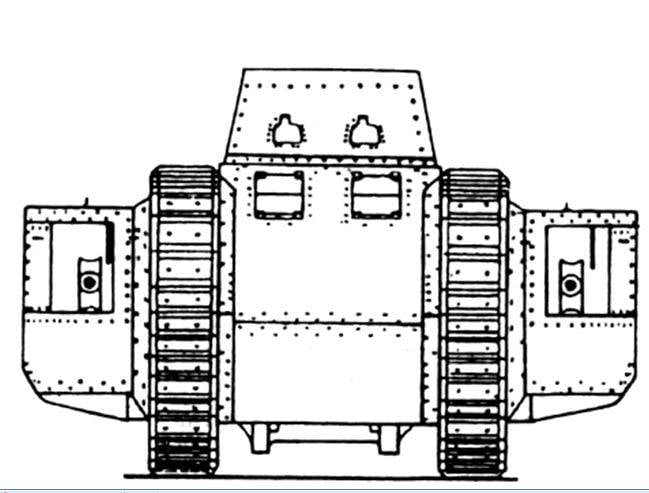
The tank had a more elastic suspension than the English tank, providing specific pressure on the ground 0,6 kg / sq. Cm. In addition to running carriages on coil springs, groups of rollers were rigidly fastened on the walls of the hull.
In June, the first tank model was made on 1917, and testing began. According to the test results, the tank showed satisfactory performance, but the heavy weight of the tank led to an increase in pressure on the ground and deterioration in ride quality. The A7VU tank had better driver and commander visibility than the British, as well as more favorable gun pointing angles, it could overcome ditches up to a meter wide 3,7 and walls. Nevertheless, after evaluating the fighting qualities of A7VU, the commission concluded that, in the proposed form, the tank did not meet the requirements. Tests in September 1918 were discontinued, the work on the tank was closed, the tank sample was disassembled.
Super heavy tank "Colossal"
In addition to the A7V and A7VU tanks, Germany decided to develop an extra heavy tank, and in June 1917 of the year the Kolossal-Wagen project was approved for the development of the Kolossal tank weighing about 150 t. Such a tank was developed, in general, the tank design was borrowed from the British , diamond-shaped profile with caterpillars covering the hull, and armament (4 guns and machine guns), installed in the side embrasures and wide sponsons.
The power plant of the tank was located in the stern, the front control compartment and the fighting compartment in the center of the tank. The crew was a 22 man. Two drivers were in the office of management, for observation on the roof a control tower was installed with observation slots and a hatch.
The weight of the tank 150 t, length 12,8 m, width 5,9 m, height 3,3 m, used four 77-mm caponier guns and six (seven) 7,92-mm machine guns as weapons. Because of its large size, the tank had to be transported unassembled and assembled at the place of its application.
The thickness of the armor was 30 mm, the rolled sheets were riveted and bolted to the frame. Sponsons were removable and had a complex shape. In the front and rear walls of the sponson there were gun-embrasures for mounting two guns. In the front wall of the sponsons there was also an embrasure for mounting a machine gun. The same embrasures for machine guns were on the sides, in the frontal sheet and aft. For aiming the gun was used telescopic sight. Mechanics who monitored the state of the engines were also supposed to fire from machine guns in the stern of the tank. The tank had a circular attack and could focus fire in any direction.
Two Daimler engines with a capacity of 650 l were used as a power plant. with. each. The stock of fuel on the tank was 3000 l. The tank could reach speeds on the highway 7,5 km / h.
The chassis was an original design, the rollers with flanges were not fastened to the tank body, but to the tracks of the tracks. On the sides of the hull of the tank was covered rail rails, on which the "tracks" ran. Unlike the unprotected tracks of English tanks, the upper, front and rear branches of the tracks were covered with curved screens.
The tank was supposed to be equipped with radio communication equipment; there was a radio operator's seat in front of the engine compartment. The military tank was recognized as suitable only for a positional war, because it was clumsy because of its enormous size and it had too much “dead space” in the field of view from the control tower.
In April, the production of prototypes of the tank began on 1918, by the fall of 1918, one tank "Kolossal" was almost made, for the second a set of basic units and components (except engines) and an armored hull were ready. But Germany lost the war, and according to the Versailles Treaty, tank samples were dismantled and destroyed.
Light tank LK-I
In addition to medium and heavy tanks, light tanks were developed in Germany on the basis of existing automotive units. In December, 1917 of the year was approved by the project of a light tank LK-I with machine-gun armament. The tank was supposed to be weighing no more than 8 t, armament is two machine guns, the crew of a 3 man, speed on the ground 12-15 km / h, anti-bullet protection, armor thickness not less than 14 mm, elastic suspension with a specific pressure on the ground no more 0,5 kg / cm
The armor hull of the tank from straight sheets was assembled on the frame using riveting. The cylindrical riveted turret had an embrasure for mounting a machine gun. which was supplied with a screw lifting mechanism. The second machine gun was installed in the rear of the hull.
The crawler chassis was assembled on a special frame, five coaches with four support rollers each were suspended on each coil on each side of the helical coil springs. The guide wheel was raised above the supporting surface and protruded ahead of the hull to ensure turning on hard ground and high traffic. The track design repeated the A7V, but in a smaller version, the shoe width was 250 mm.
Inside such a ready-made crawler chassis, the frame of the car with the main units was fastened, but not rigidly, and on the springs the engine and transmission of the base car as a whole remained. The entire design of the tank was an armored car, as if placed on a tracked drive. In front of the hull there was an engine, followed by a management compartment, in the stern a transmission and a fighting compartment.
Sea trials of the first experienced LK-I took place in March 1918. They passed quite successfully, it was decided to modify the design - to strengthen the armor, improve the chassis and adapt the tank for mass production, but Germany lost the war, and the work was stopped.
Cannon light tank LK-II
In parallel with the development of the LK-I light machine-gun tank, the LK-II light gun tank was developed. The tank was 8,5 t in weight, 5,1 m long, 2,0 m wide and 2,7 m high. The armored protection of the forehead and hull is 14 mm thick, the 8 mm roof and bottom, the crew of the 3 man.
The tank hull has changed, there were no turrets on the tank. Behind the engine compartment rose cabin driver-driver with three inspection hatches. Above it is a military conning tower with an 37-mm gun mounted on a vertical support. The gunner and his assistant were placed in the conning tower. Artillery installation was equipped with a telescopic sight and a flywheel horizontal guidance. The horizontal pointing angle was ± 30 °. In the side doors provided holes for firing from a light machine gun. In the roof of the cabin there was a hatch with a hinged lid, which served for visibility and ventilation.
The tank was installed engine power 40 hp or xnumx l. s., providing speed on the highway 50-14 km / h. The fuel was 16 l in tanks located on the sides of the engine, which were covered with 170-mm armor. Cruising the tank was 8 km. The transmission included a disc clutch, an 70-speed car-type gearbox and a system for transmitting torque to the tracks. Management was carried out by stopping and slowing down one of the tracks. Tracked undercarriage provided specific pressure on the ground 4 kg / sm.kv.
Two prototypes of the tank were made in October 1918 year. They did not pass the test cycle, and the work was stopped.
Termination of the production of tanks in Germany
The appearance of a new type of weapon was not appreciated by the German military at the first stage, and the British were among the leaders in its creation. Only after the first use of tanks on the battlefield in September 1916 of the year, which showed their capabilities, did the Germans start developing their own tanks.
In two years, thanks to the high-tech industry and skilled personnel in Germany, a line of light, medium, heavy and super heavy tanks was created, which in terms of their characteristics were not inferior to the tanks of their opponents. The defeat of Germany in the war and the prohibition to engage in the development and arming of heavy machinery stopped the development of tanks in Germany, and the experience gained was used only in the 30s after the Nazis came to power.
To be continued ...
- Yuri Apukhtin
- fishki.net, images / tank / pervii_tanki, yandex.ru
- What contributed to the emergence of tanks in World War I
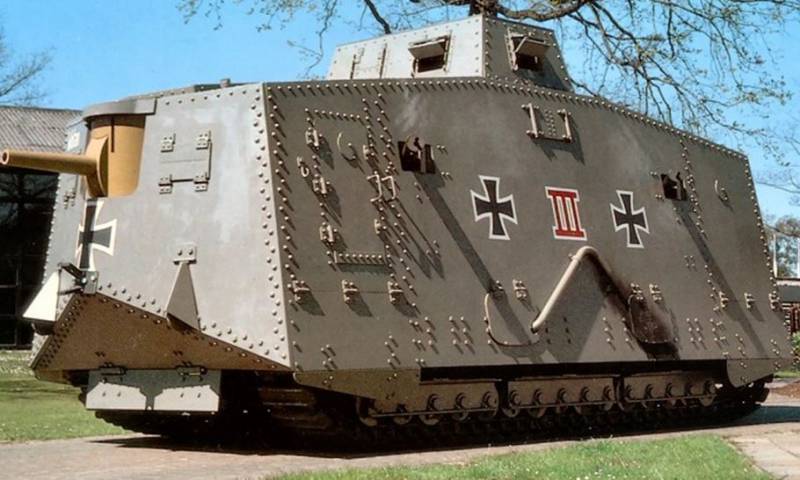
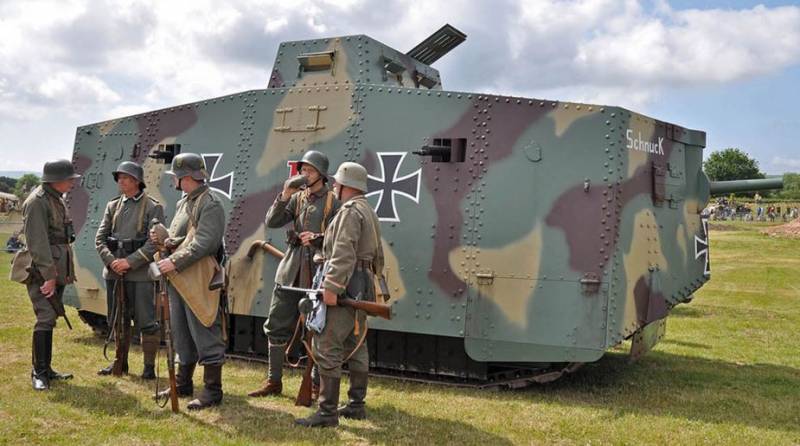
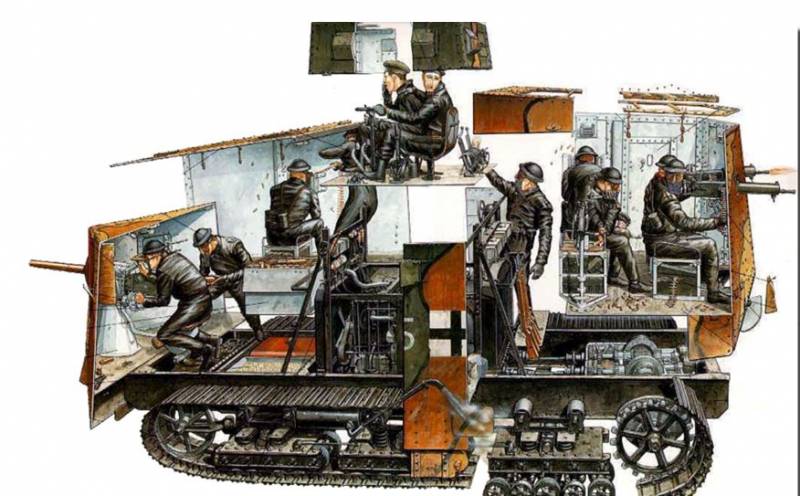
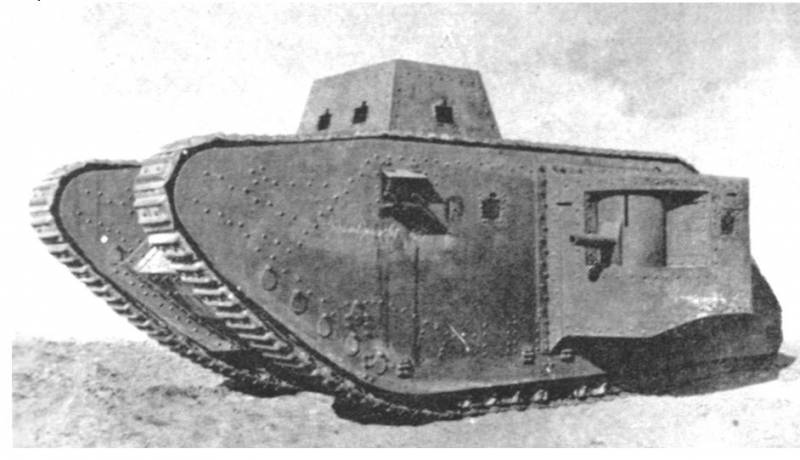
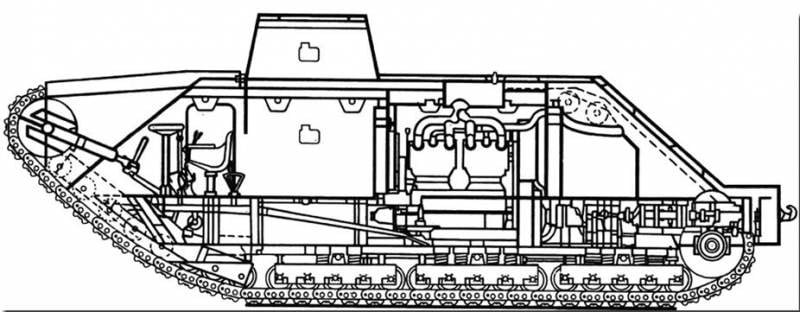
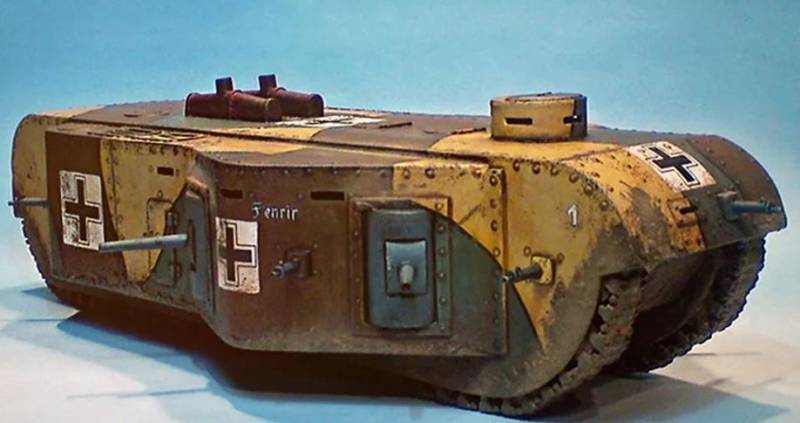
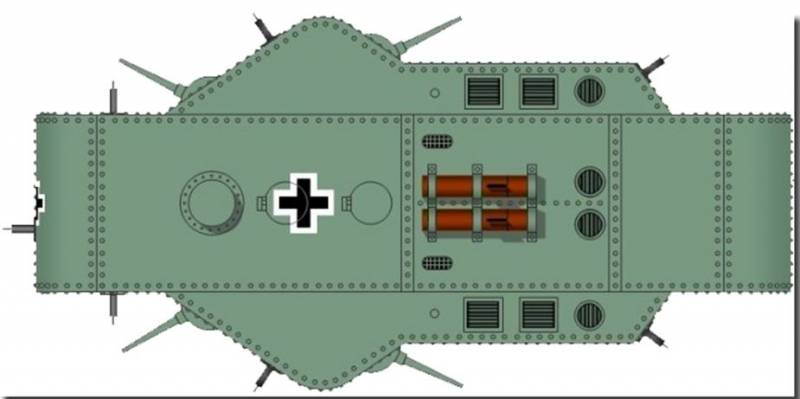
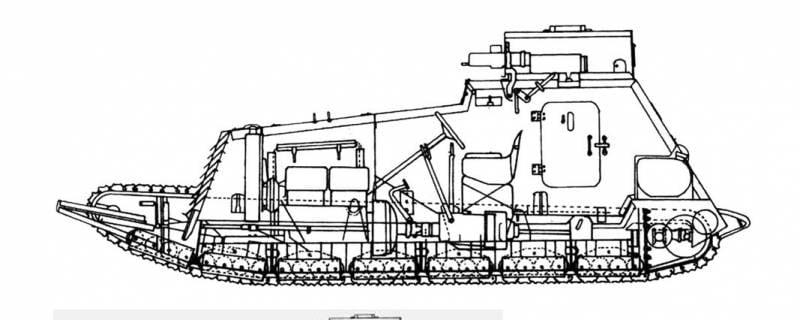
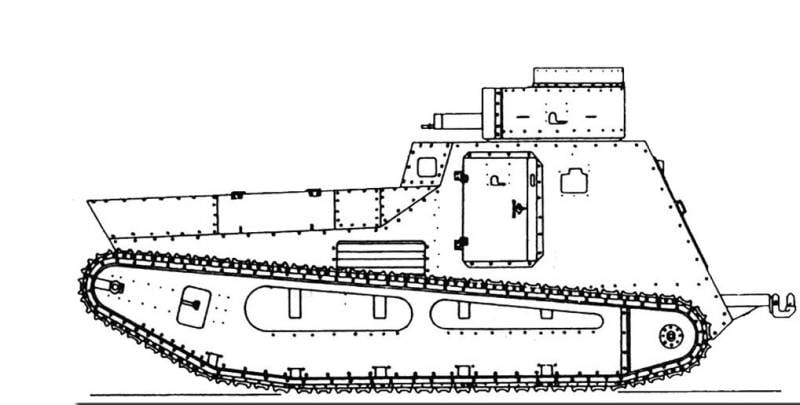
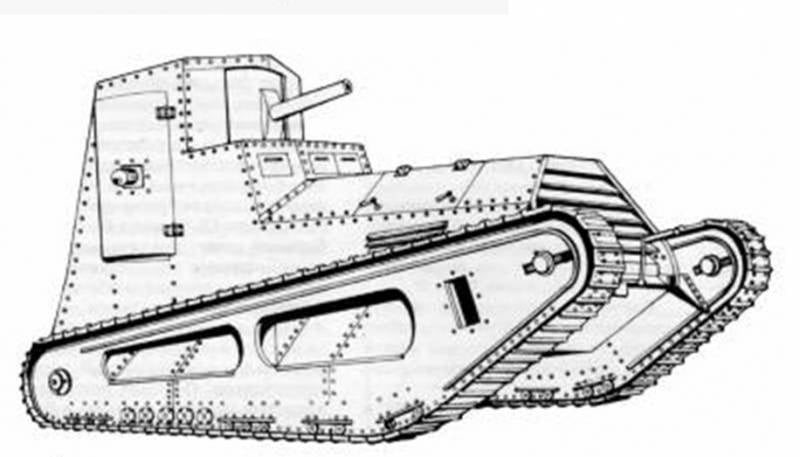
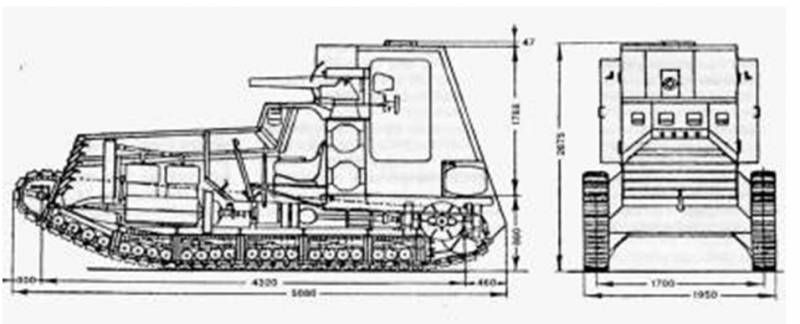
Information